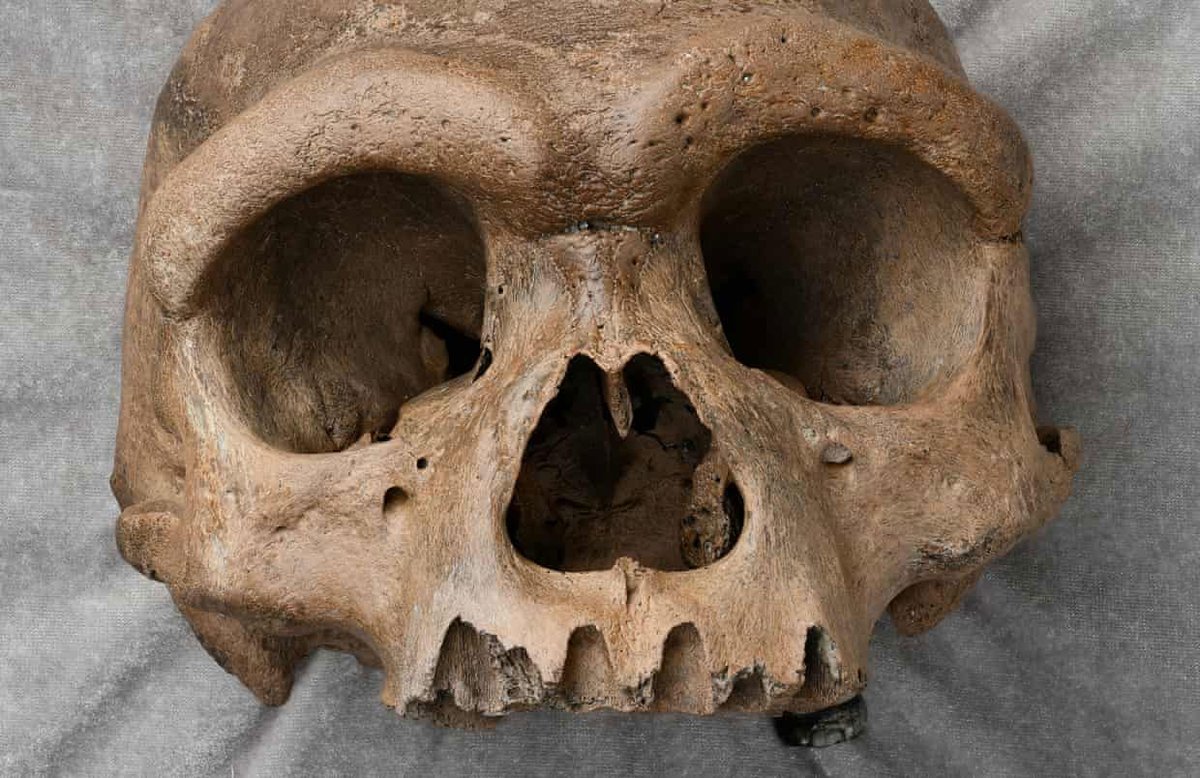
Interesting paper on cutmark evidence from Olduvai, further substantiating early access to animal carcasses by tool-wielding Early Pleistocene hominins. @SciReports nature.com/articles/s4159… 

The paper's discussion raises lots of reasons why the anatomy of early Homo supports the idea that they were competent hunters. On this I don't disagree, but I think that focusing on "early Homo" here is misleading for several reasons.
First, "early Homo" fossils overlap substantially in anatomy with Australopithecus and Paranthropus. So much that we cannot always tell them apart (including long-standing arguments about well-known and not-so-fragmentary fossils).
Today, essentially all the features that are supposed to indicate "endurance running" in Homo erectus are also present in one or another fossil of Australopithecus or Paranthropus. These hominins all overlapped a lot in their movement patterns.
Second, we don't know which hominin populations made tools or cutmarks on bones. Tools predate H. erectus by at least 1.3 million years; cutmarks by at least 500,000 years. Australopithecus and Paranthropus had hands capable of toolmaking.
I've talked to a lot of archaeologists who argue that we should assume that Homo made any stone tools unless we can demonstrate Homo was absent. Not a good assumption in my opinion. All living great apes have extractive foraging, chimpanzees very extensively use tools, alter wood
Third, carbon stable isotopes and dental microwear just don't show much evidence for dietary differences between "early Homo", Au. africanus, and P. robustus. P. boisei is very different from any, but the others overlap in similar habitats.
These hominins are *all* different from chimpanzees in stable isotopes and microwear. Chimpanzees rely a lot on faunivory, taking in up to 10% of calories in meat, more in insects, and sometimes hunt using tools.
It's way past time to stop talking about how meat-eating made Australopithecus into Homo. We should be working to understand meat-eating (and insect-eating!) in all hominins.
• • •
Missing some Tweet in this thread? You can try to
force a refresh












